Nowadays, treadmill workouts have emerged as a game-changer in the world of fitness. While treadmills are often associated with cardio workouts, they can also be harnessed to build strength and muscle.
Treadmills not only elevate your cardiovascular fitness but also target specific muscle groups for a comprehensive strength-building experience.
Warm-Up and Preparation
Importance of Warm-Up
Before diving headfirst into any workout, it's essential to lay a strong foundation for your body's exertion. The warm-up phase is a crucial component of any effective treadmill strength training regimen. During this initial phase, your body transitions from a state of rest to one primed for exercise, and it does so in a gradual and controlled manner. In this way, you'll maximize the benefits of your strength training and reduce the risk of injury.
Dynamic Stretches for Muscle Activation
Dynamic stretches are different from static stretches, which involve holding a single position, dynamic stretches involve continuous, controlled movements that mimic the actions you'll perform during your workout. These stretches aren't just about flexibility; they serve to activate the muscles you're about to engage, enhancing their readiness for action.

Treadmill Strength Exercises
Quadriceps and Hamstrings
Hill Climbing Intervals
Hill climbing intervals are an excellent way to target and strengthen your quadriceps and hamstrings.
Begin by setting the treadmill to an incline of 5-10% and walk at a brisk pace for 1-2 minutes. Then, increase the incline to a challenging level (10-15%) and walk uphill for 30-60 seconds. Reduce the incline back to the initial level for recovery, and repeat the interval several times.
Benefits: Hill Climbing mimics uphill terrain, providing resistance that engages and strengthens your quads and hamstrings effectively.
Power Walking with an Incline
Power walking on an inclined treadmill is another great way to work your quadriceps and hamstrings. Set the treadmill at a moderate incline (5-10%) and walk at a brisk pace, focusing on engaging your leg muscles with each step. Maintain this intensity for 20-30 minutes.
Benefits: Walking with Incline combines cardiovascular benefits with muscle engagement, making it an ideal choice for strengthening your leg muscles.
Glutes and Calves
Walking Lunges
Walking lunges on a treadmill provide an excellent workout for your glutes and calves. Start by walking at a slow pace. Then, step forward with one leg into a lunge position, lowering your body until both knees are at 90-degree angles. Push off the front foot and bring the back foot forward into the next lunge. Continue this walking lunge pattern for 10-15 minutes.
Benefits: Walking lunges target your glutes, hamstrings, and calves while also improving balance and coordination.
Calf Raises
While holding onto the treadmill's handrails for support, stand on the balls of your feet with your heels hanging off the edge of the treadmill. Raise your heels as high as possible, engaging your calf muscles, and then lower them back down. Perform 3 sets of 12-15 reps.
Benefits: Calf raises isolate and strengthen the calf muscles, enhancing lower-leg strength and stability.
Core and Abdominals
Plank Treadmill Holds
Place your hands on the treadmill's side rails and assume a plank position with your body straight and core engaged. Hold this position for 30-60 seconds, gradually increasing the duration as your strength improves.
Benefits: Plank treadmill challenges your core and abdominal muscles, promoting stability and endurance.
Leg Lifts on the Treadmill
Holding onto the handrails, stand on the treadmill with your feet together. Lift one leg straight behind you, engaging your glutes and lower back muscles. Lower it back down and switch to the other leg. Perform 3 sets of 12-15 reps per leg.
Benefits: Leg lifts on the treadmill target your core, glutes, and lower back, contributing to a strong and balanced midsection.
Incorporate these treadmill strength exercises into your routine to effectively target and strengthen the various muscle groups, achieving a well-rounded and challenging workout.

Upper Body Strength Integration
Incorporating Dumbbells
To take your treadmill workout to the next level and effectively engage your upper body muscles, consider incorporating dumbbells. Dumbbells add resistance and variety to your routine, enabling you to target specific muscle groups in your chest, arms, back, and shoulders.
Chest and Arms
Push-Up Variations
After setting the treadmill to a slow walking pace, carefully place your hands on the treadmill's base while maintaining a plank position. Perform push-ups by lowering your chest towards the treadmill and pushing back up. You can vary the width of your hand placement to target different parts of your chest.
Benefits: Push-up variations on the treadmill engage your chest, shoulders, and triceps, helping build upper body strength and endurance.
Dumbbell Arm Exercises
While walking or jogging at a comfortable pace on the treadmill, hold a dumbbell in each hand. Perform bicep curls, hammer curls, or tricep extensions, depending on your desired focus. Ensure proper form and control throughout the exercise.
Benefits: Incorporating dumbbell arm exercises into your treadmill routine enhances your arm strength and adds variety to your upper body workout.
Back and Shoulders
Rows and Reverse Flys
Reduce the treadmill speed to a walking pace, then step off and grab a pair of dumbbells. Return to the treadmill, stand with a slight bend in your knees and hinge at the hips. Perform bent-over rows by pulling the dumbbells towards your waist. Follow with reverse flies by raising the dumbbells out to the sides.
Benefits: These exercises target your upper back and rear shoulders, and help improve posture and upper body strength.
Dumbbell Shoulder Press
While walking at a moderate pace on the treadmill, hold a dumbbell in each hand at shoulder height with your palms facing forward. Press the dumbbells overhead, fully extending your arms, and then lower them back to shoulder level.
Benefits: The dumbbell shoulder press enhances shoulder strength and stability, contributing to a well-rounded upper-body workout.
By integrating dumbbells and these upper body exercises into your treadmill routine, you'll achieve a comprehensive full-body workout, strengthening not only your lower body but also your chest, arms, back, and shoulders. This approach will help you attain a balanced physique and make the most of your treadmill strength training.

Cool-Down and Stretching
Post-Workout Stretching Routine
As you conclude your treadmill strength training session, it's imperative to transition into a proper cool-down and stretching routine. This phase is often overlooked but is of paramount importance in promoting muscle recovery and reducing the risk of post-workout stiffness and soreness. Here, we present a comprehensive post-workout stretching routine tailored to complement your treadmill workout.
- Quadriceps Stretch:
Stand upright and grab your ankle behind you with your hand, gently pulling your heel towards your glutes. Hold for 20-30 seconds on each leg.
- Hamstring Stretch:
Sit on the treadmill with one leg extended and the other bent inward. Reach for your extended foot, keeping your back straight. Hold for 20-30 seconds per leg.
- Calf Stretch:
Place one leg behind you with the heel firmly on the ground and the other leg forward, bent at the knee. Lean into the stretch to feel a gentle pull in your calf muscle. Hold for 20-30 seconds per leg.
- Hip Flexor Stretch:
Step one leg behind you and bend the other knee at a 90-degree angle. Lean forward slightly to feel a stretch in the front of your hip. Hold for 20-30 seconds per leg.
- Chest Opener Stretch:
Clasp your hands behind your back and gently pull your arms upward while opening your chest. Hold for 20-30 seconds.
- Shoulder Stretch:
Extend one arm across your chest and use the opposite hand to gently pull it closer to your body. Hold for 20-30 seconds per arm.
- Triceps Stretch:
Reach one arm overhead and bend at the elbow, placing your hand down your back. Use the opposite hand to gently push on the bent elbow. Hold for 20-30 seconds per arm.
- Spinal Twist Stretch:
Sit on the treadmill with your legs extended, then bend one knee and cross it over the other leg. Twist your upper body in the direction of the bent knee. Hold for 20-30 seconds per side.
Flexibility Benefits
Incorporating post-workout stretching into your treadmill strength training routine offers a multitude of benefits beyond enhancing flexibility. These include:
- Reduced Muscle Soreness:
Stretching helps alleviate muscle tightness and soreness that may result from an intense workout, promoting quicker recovery.
- Improved Range of Motion:
Regular stretching improves joint mobility, allowing for a fuller range of motion during exercises and daily activities.
- Injury Prevention:
Stretching reduces the risk of injury by maintaining muscle and joint integrity and preventing muscle imbalances.
- Relaxation and Stress Relief:
Stretching can have a calming effect, helping to reduce stress and improve mental well-being.
- Enhanced Circulation:
Stretching encourages better blood flow, delivering essential nutrients to muscles and aiding in the removal of metabolic waste products.
Incorporating a well-structured post-workout stretching routine not only enhances your physical performance but also contributes to your overall health and well-being. Make it an integral part of your treadmill strength training regimen to reap these flexibility benefits and ensure a balanced fitness journey.

Safety On Treadmills
Proper Treadmill Usage
Treadmill strength training can be highly effective, but it's crucial to prioritize safety when using this equipment. Here are some guidelines for proper treadmill usage:
- Read the User Manual:
Familiarize yourself with the treadmill's user manual to understand its features, safety mechanisms, and recommended usage.
- Warm-Up:
Begin each session with a warm-up at a slow pace to prepare your muscles and joints for exercise.
- Maintain Good Posture:
Stand upright, maintain a natural gait, and avoid leaning on the handrails excessively. Proper posture reduces the risk of strain or injury.
- Start Slowly:
If you're new to treadmill strength training, start with low inclines and light weights to build your strength gradually.
- Emergency Stop:
Familiarize yourself with the emergency stop button or cord and use it if you encounter any issues or discomfort during your workout.
Monitoring Heart Rate
Monitoring your heart rate is essential for safety and optimizing your workout intensity. Here's how to do it effectively:
- Use a Heart Rate Monitor:
Consider wearing a heart rate monitor or using the built-in heart rate sensors on the treadmill to track your heart rate throughout the session.
- Know Your Target Heart Rate:
Understand your target heart rate zone based on your age and fitness goals. This helps you gauge the intensity of your workout and avoid overexertion.
- Stay within Target Range:
Aim to keep your heart rate within your target zone. If it exceeds this range, consider reducing the intensity or taking a break.
Avoiding Overexertion
Overexertion can lead to injuries and undermine the benefits of your treadmill strength training. To avoid it, follow these guidelines:
- Listen to Your Body:
Pay attention to how your body feels during the workout. If you experience excessive fatigue, dizziness, chest pain, or shortness of breath, stop exercising immediately.
- Gradual Progression:
Progressively increase the intensity and duration of your workouts over time. Avoid sudden jumps in weight or speed.
- Rest and Recovery:
Allow your body sufficient time to recover between treadmill strength training sessions. Adequate sleep and nutrition are crucial for recovery.
- Stay Hydrated:
Dehydration can contribute to overexertion and muscle cramps. Drink water before, during, and after your workout.
- Consult a Professional:
If you have underlying health conditions or concerns, consult with a fitness professional or healthcare provider before beginning a new exercise regimen.
By following these safety considerations, you can enjoy the benefits of treadmill strength training while minimizing the risk of injuries and ensuring a safe and effective workout experience. Always prioritize your well-being when working out on a treadmill.
Conclusion
In the journey towards achieving a stronger, healthier, and more resilient body, the treadmill emerges as an unexpected ally.
From understanding the importance of warm-ups and proper stretching to comprehending the nuanced integration of upper-body exercises, today's article has equipped you with the knowledge and tools to transform your treadmill sessions into formidable strength-building workouts.
When you step off the treadmill after your next workout, remember that you're not just walking away with a stronger body but with a greater sense of accomplishment and the knowledge that you're capable of achieving your fitness aspirations. As you continue to push your limits and explore the possibilities of muscle group-focused treadmill workouts, the path to a stronger you unfolds, one step at a time.
« I confirm the subscription of this blog to the Paperblog service under the username deerruntreadmill »




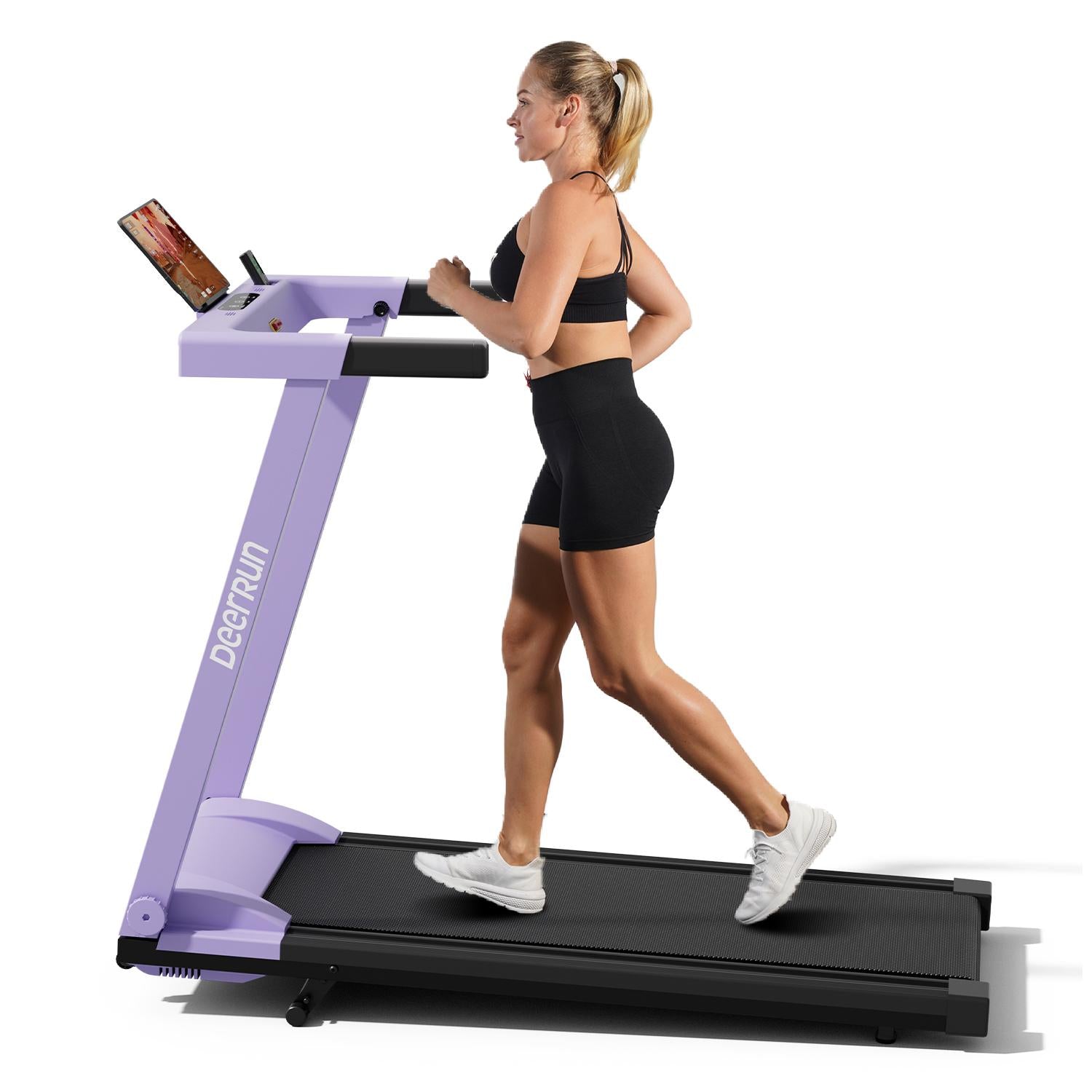


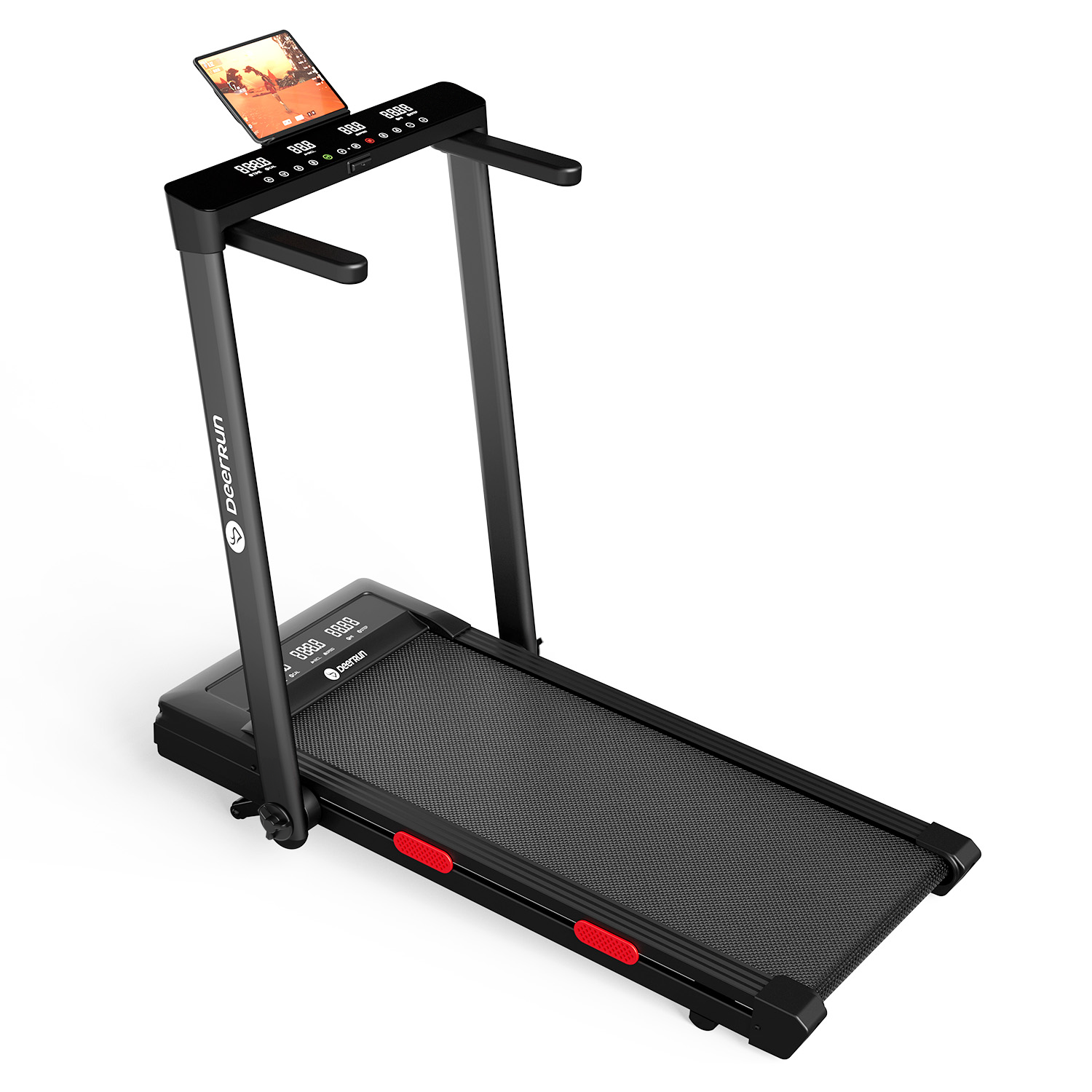













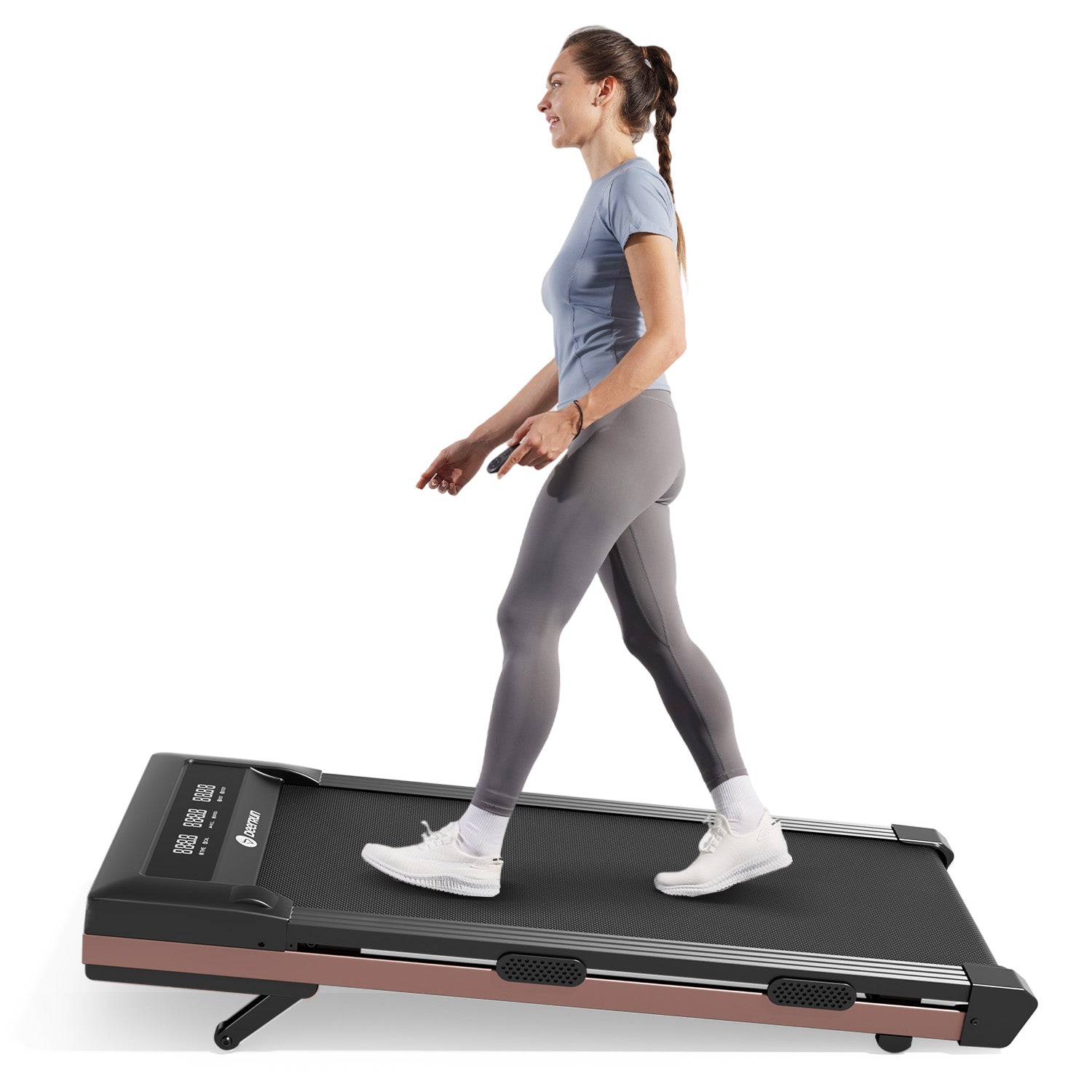
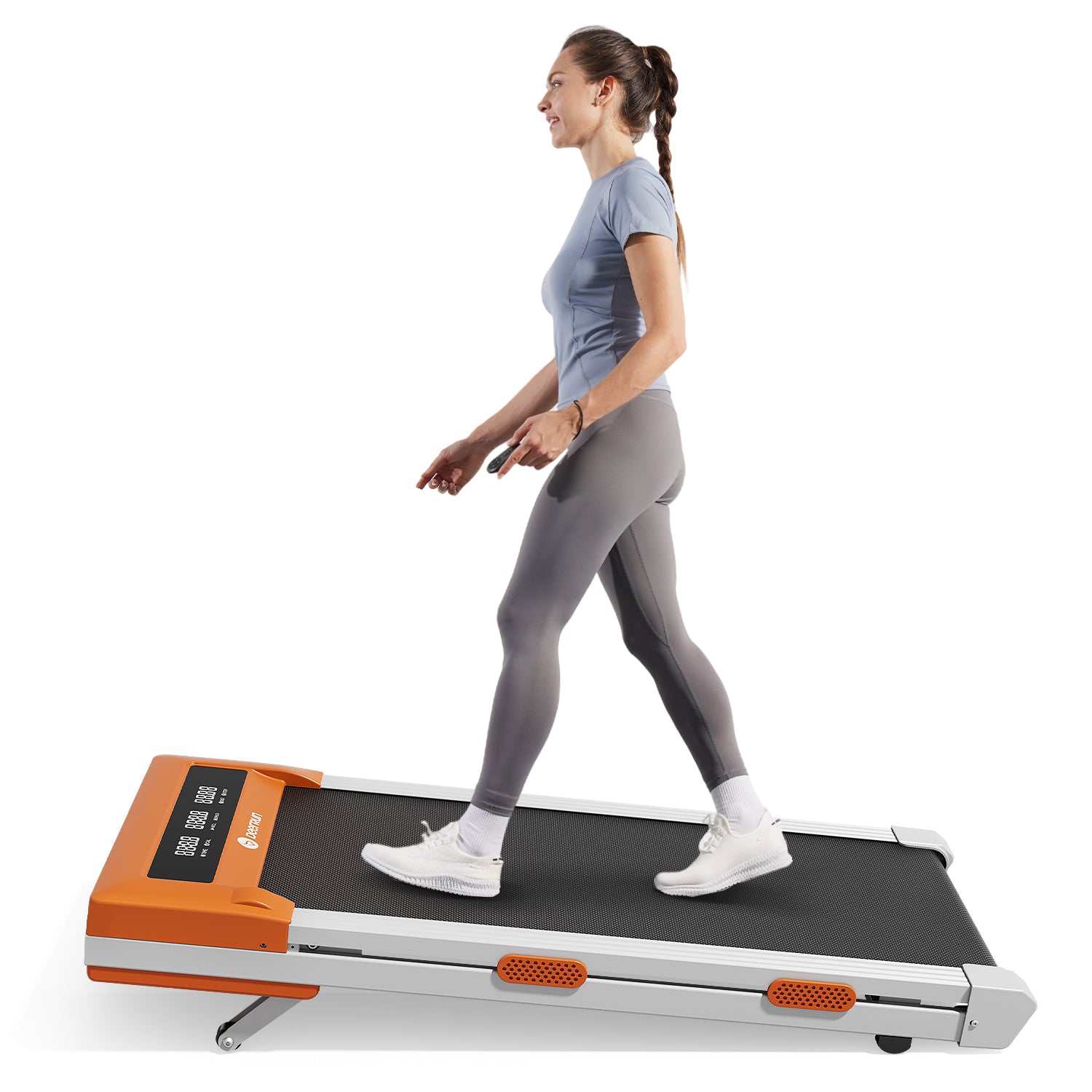

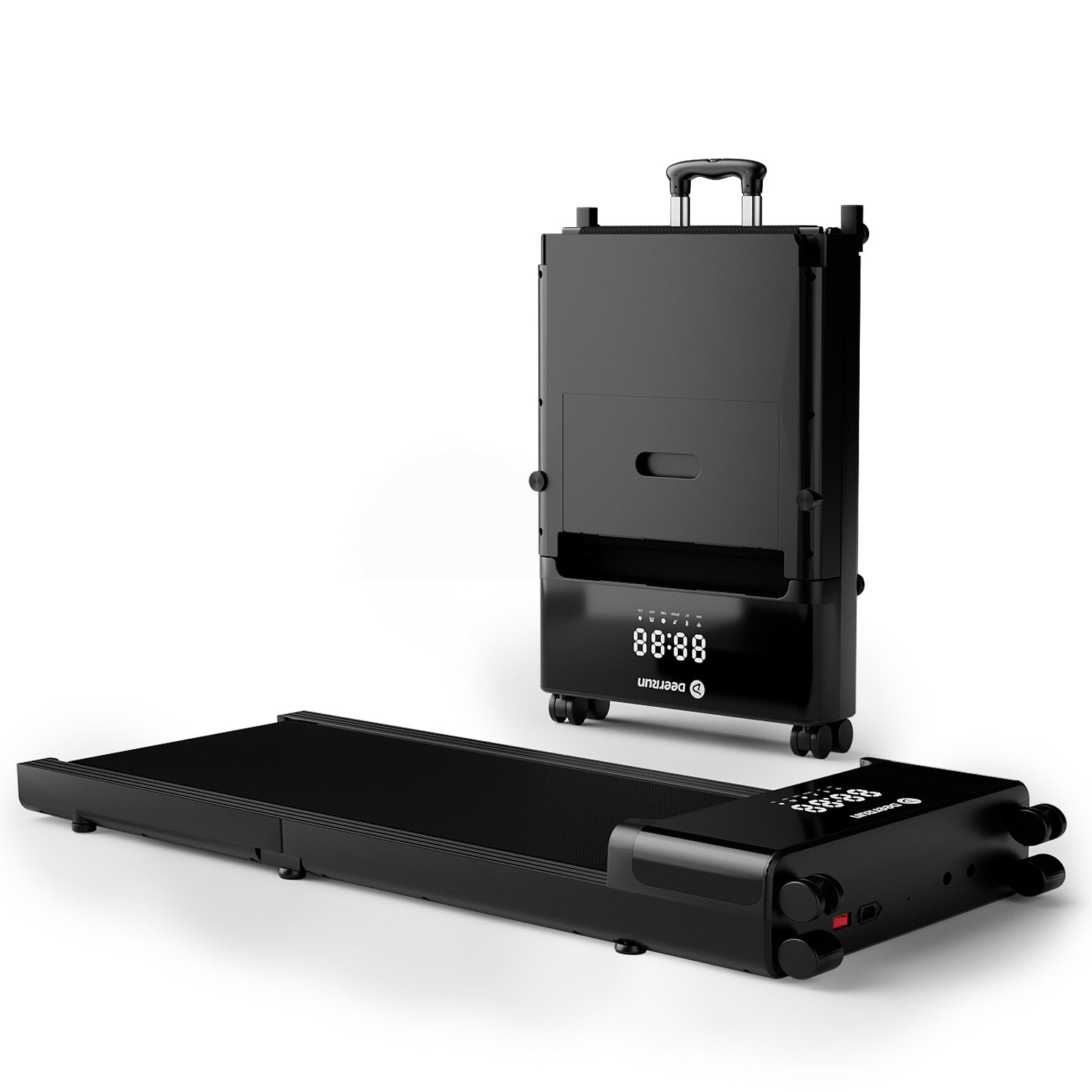

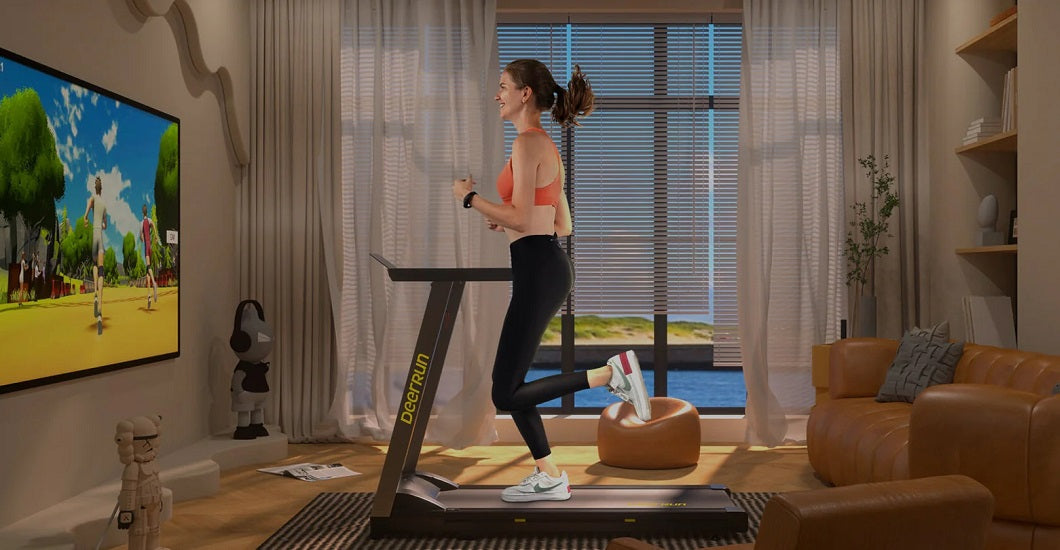

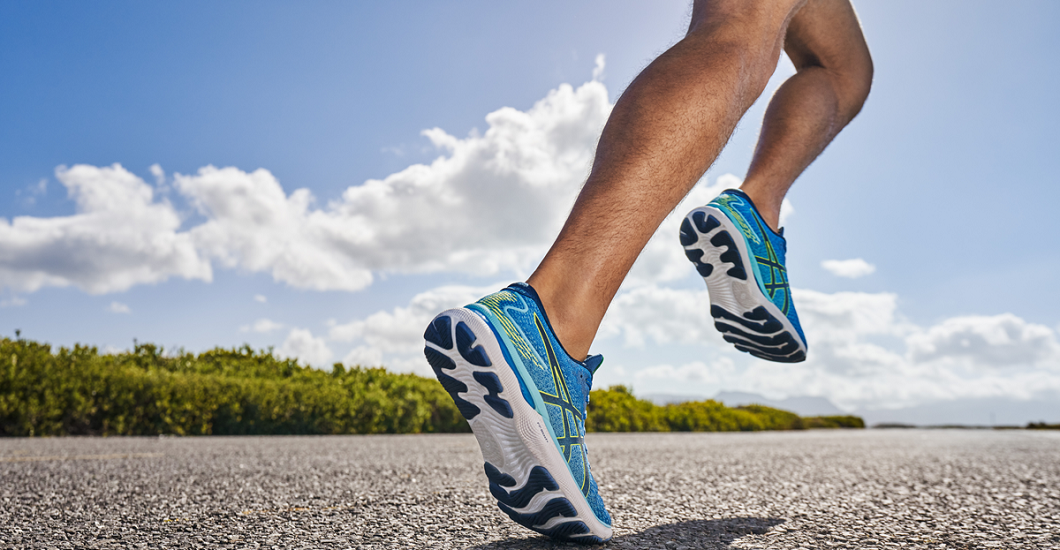
Leave a comment
All comments are moderated before being published.
This site is protected by hCaptcha and the hCaptcha Privacy Policy and Terms of Service apply.